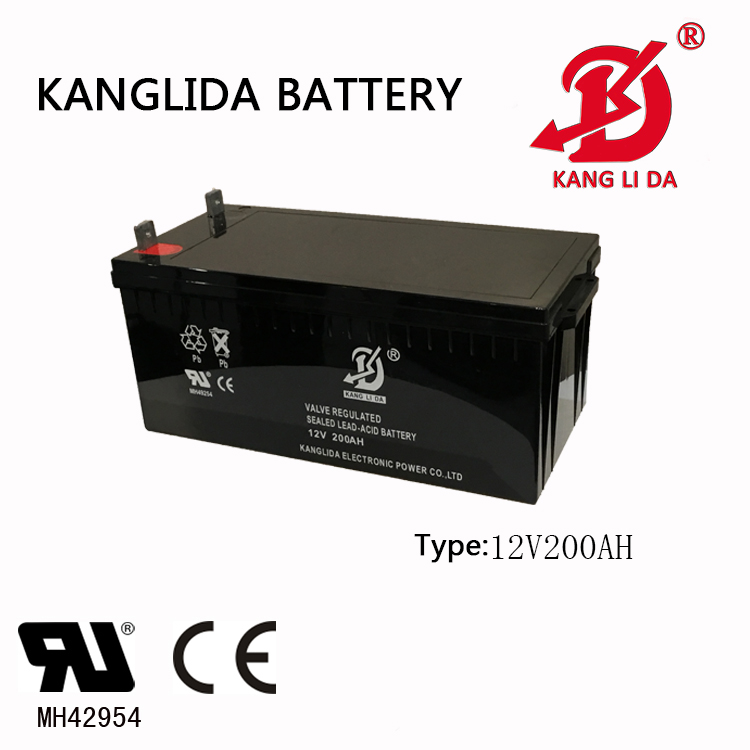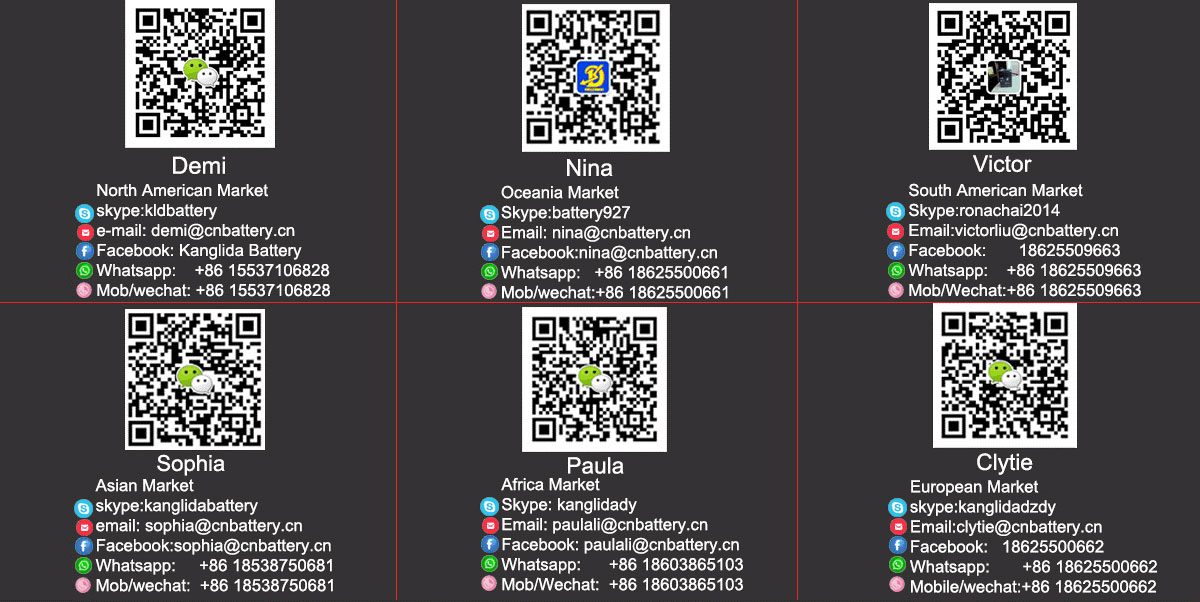What is the role of each part of solar colloid battery?
Solar colloidal batteries are also called colloidal solar batteries. Whether they are solar colloidal batteries or colloidal solar batteries, they are all colloidal batteries used in solar products or systems. As a branch of gel battery applications. It has relatively good deep circulation ability and good overcharge and overdischarge ability. The solar gel battery has a long life, and the special process design and colloidal electrolyte ensure the long life of this type of battery. Solar colloidal batteries can be adapted to different environmental requirements. Colloidal solar batteries are required to be used normally under different conditions such as high altitude, high temperature, and low temperature.

What is the role of each part of the solar colloidal battery? How much do you know about this? Today, the editor of Zhengzhou Kang Lida Electronic Power Co., Ltd. introduces you to this issue:
1. Battery:
Is generally lead-acid batteries. In small and micro systems, nickel-metal hydride batteries, nickel-cadmium batteries, or lithium batteries can also be used. Its role is to store the electrical energy emitted by the solar panel when there is light, and then release it when needed.
The role of each part of solar colloidal battery
2. Solar panel:
The solar panel is the core part of the solar power generation system, and it is also a high-value part of the solar power generation system. Its role is to convert the sun's radiation capacity into electrical energy, or send it to the storage battery to store it, or promote the load to work. The quality and cost of solar panels will directly determine the quality and cost of the entire system.
3. Inverter:
On many occasions, it is necessary to provide 220VAC, 110VAC AC power. Because the direct output of solar energy is generally 12VDC, 24VDC, 48VDC. In order to provide power to 220VAC appliances, it is necessary to convert the DC power generated by the solar power generation system into AC power, so a DC-AC inverter is required. In some occasions, when a load with multiple voltages needs to be used, a DC-DC inverter is also used, such as converting 24VDC power into 5VDC power (note that it is not a simple buck).
4. Solar controller:
The role of the solar controller is to control the working state of the entire system, and play the role of overcharge protection and overdischarge protection for the battery. Where the temperature difference is large, a qualified controller should also have the function of temperature compensation. Other additional functions such as light control switch and time control switch should be optional for the controller.
The above is the information compiled by the editor of the solar colloid battery manufacturer Zhengzhou Kanglida Electronic Power Co., Ltd., I hope it will be helpful to you. If you want to know more information, you can contact us, or visit our official website to view more information information.
Message





